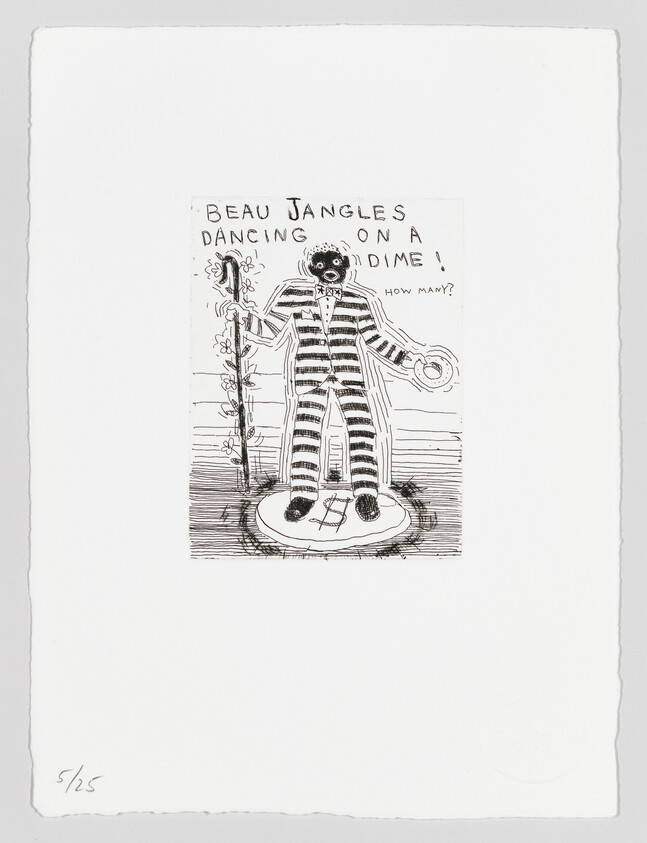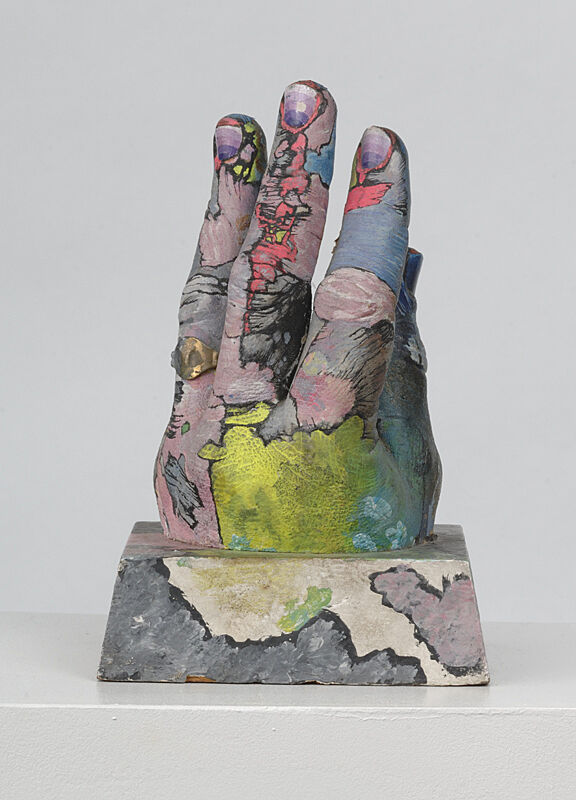Paul Thek, Uncle Tom’s Cabin, 1975, and The Tower of Babel, 1976
Oct 19, 2010
0:00
Paul Thek, Uncle Tom’s Cabin, 1975, and The Tower of Babel, 1976
0:00
Narrator: A rickety tower rises from a small, wooden shelter—Thek creates an eccentric form from these two very different structures. The tower represents the Tower of Babel, a symbol of human hubris, while the cabin, which Thek called Uncle Tom’s Cabin, suggests humility. Throughout this gallery, you will see Thek exploring similar motifs. He found African American culture to be intensely spiritual, and figures such as Bojangles, Tar Baby, and Uncle Tom crop up repeatedly in both sculpture and paintings. Elisabeth Sussman.
Elisabeth Sussman: I think that at this point he gets very, very interested in the simple. And in about 1975, I just have the sense that he really wants to be childlike in opposition to being the leader of this group, the artist's co-op. He really wants to reduce things to their most communicative and their most simple version.
Narrator: This remarkable sculpture was part of Thek’s Pied Piper project. It was never completed for reasons that remain mysterious. In one version of the story, Thek’s dealer neglected to pay the foundry casting the sculpture, so the foundry destroyed many of Thek’s works. But Thek also seemed to unravel emotionally while working on the Pied Piper, and he may have played a role in the project’s demise. This marked the beginning of a difficult period in which Thek’s internal conflicts led him to distance himself from friends and colleagues. You will hear more about this in the next section of the exhibition.


